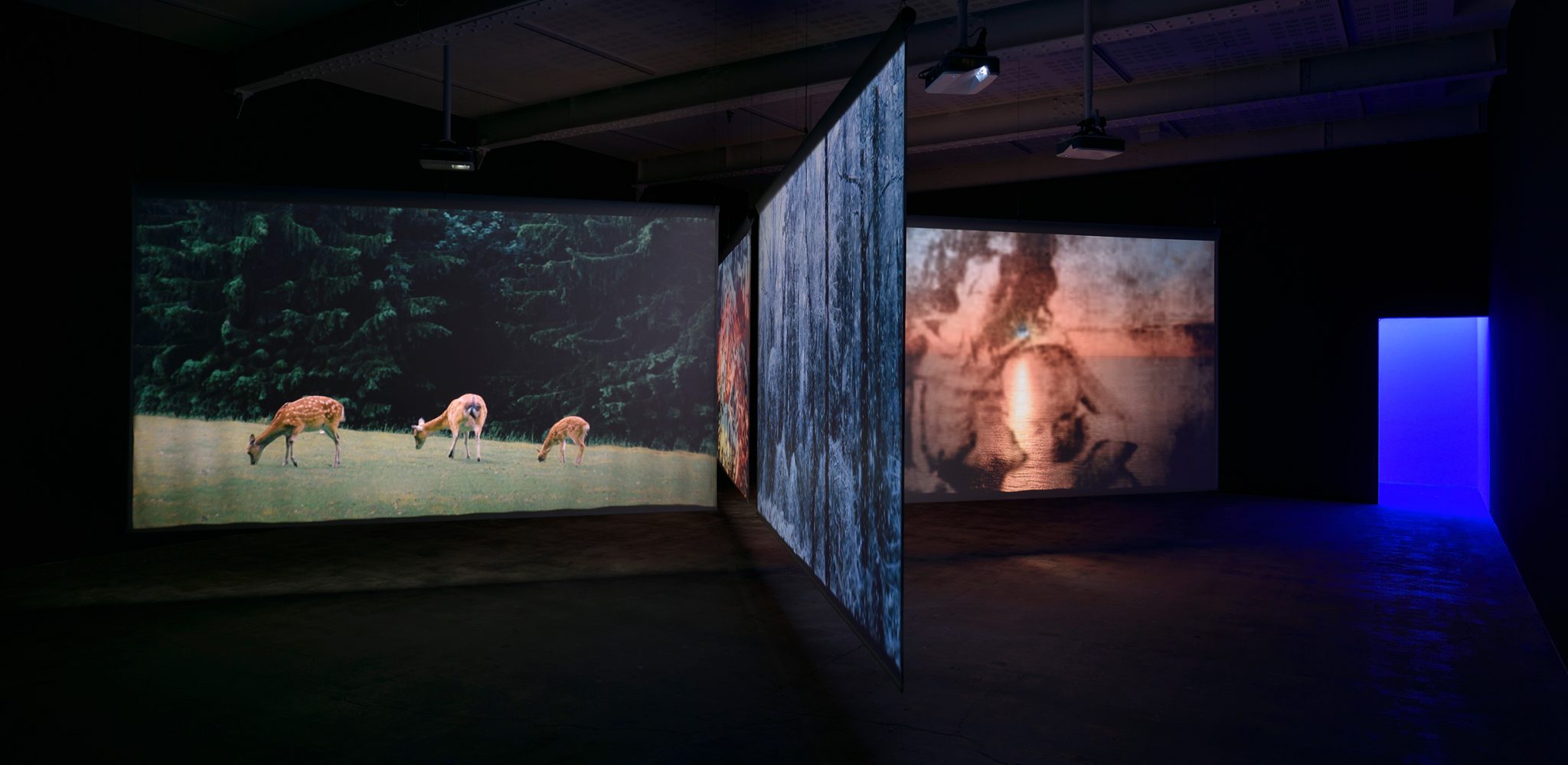The French artist’s longtime obsession with mass death, mourning and trauma resonates with our times
Après is Christian Boltanski’s first French solo show since his 2020 retrospective at the Centre Pompidou, and the title refers to that exhibition but also to mortality, not least his own. ‘When you are asked to make a retrospective,’ he told The Brooklyn Rail last year, ‘it basically means you’re dead!’ Well, sort of. But the present has also provided Boltanski – who has long engaged with mass death, mourning, memorial and trauma – with a new catastrophe, and the result is among his most interesting work.
Les Linges (all works 2020) primarily comprises ten laundry trolleys that are not quite long enough to serve as gurneys. On each rests a large, almost biomorphic form covered with folds of white cotton cloth, referencing the expressive functions of drapery in art history while evoking death at its most anonymous and medicalised. Above them, a white strip-light cable suspended from the ceiling looks like an infection-rate graph or a vital-signs monitor. On the walls, meanwhile, flash black-and-white projections of children’s faces (Les Esprits).
In the basement are four large sheets arranged in the shape of a cross, on which looping videos of bucolic screensaver clichés are projected: deer in a meadow, a sunset, a snowy forest, a flock of birds (Les Disparus). The videos initially appear to be flickering; on closer inspection, the glitches are near-subliminal images of twentieth-century cruelty – among them images of the Shoah and the Vietnam War – ungraspably flashing up. In a crypt set up in what would have been the wine cellar of the apartment building that houses the gallery, three glass cases have been filled with white cloth; a mirror translucently reflects my face in the darkness (Les Vitrines), like a shrine to, or a reliquary of, the viewer.
The timeliness of this show, which is composed largely of pieces made during lockdown, could risk coming across as starkly impulsive, overly on the nose – we’re not yet après COVID-19, after all. Refraining from addressing the pandemic directly, however, Boltanski successfully absorbs it into his material vocabulary and sweeping approach to trauma and history. Present time is subsumed into the last century of horrors that forms his central concern. Plus, during the pandemic, ordinary mourning rituals were prohibited in many countries and funeral ceremonies were banned. Many were forced to say goodbye to their loved ones on a video call. It feels important to linger among Boltanski’s strange, disquieting memorials.
Christian Boltanski: Après, Marian Goodman Gallery, Paris, 20 January – 13 March 2021
